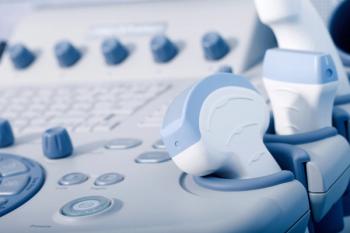
Lefties at twice the risk for breast Ca
Left-handed women are more than twice as likely as their right-handed counterparts to develop premenopausal breast cancer, according to the results of a recent prospective study.
Left-handed women are more than twice as likely as their right-handed counterparts to develop premenopausal breast cancer, according to the results of a recent prospective study.
Researchers from the Netherlands reviewed the histories of approximately 1,400 women, 165 of whom were left-handed. They calculated that the relative risk for breast cancer in the lefties compared with the non-left-handed women was 1.39 overall and 2.41 for breast cancer diagnosed before the onset of menopause or at less than 51 years of age. No excess risk existed for postmenopausal cancer, however.
The authors of the study believe the association lies in greater intrauterine exposure to steroid hormones.
Newsletter
Get the latest clinical updates, case studies, and expert commentary in obstetric and gynecologic care. Sign up now to stay informed.










